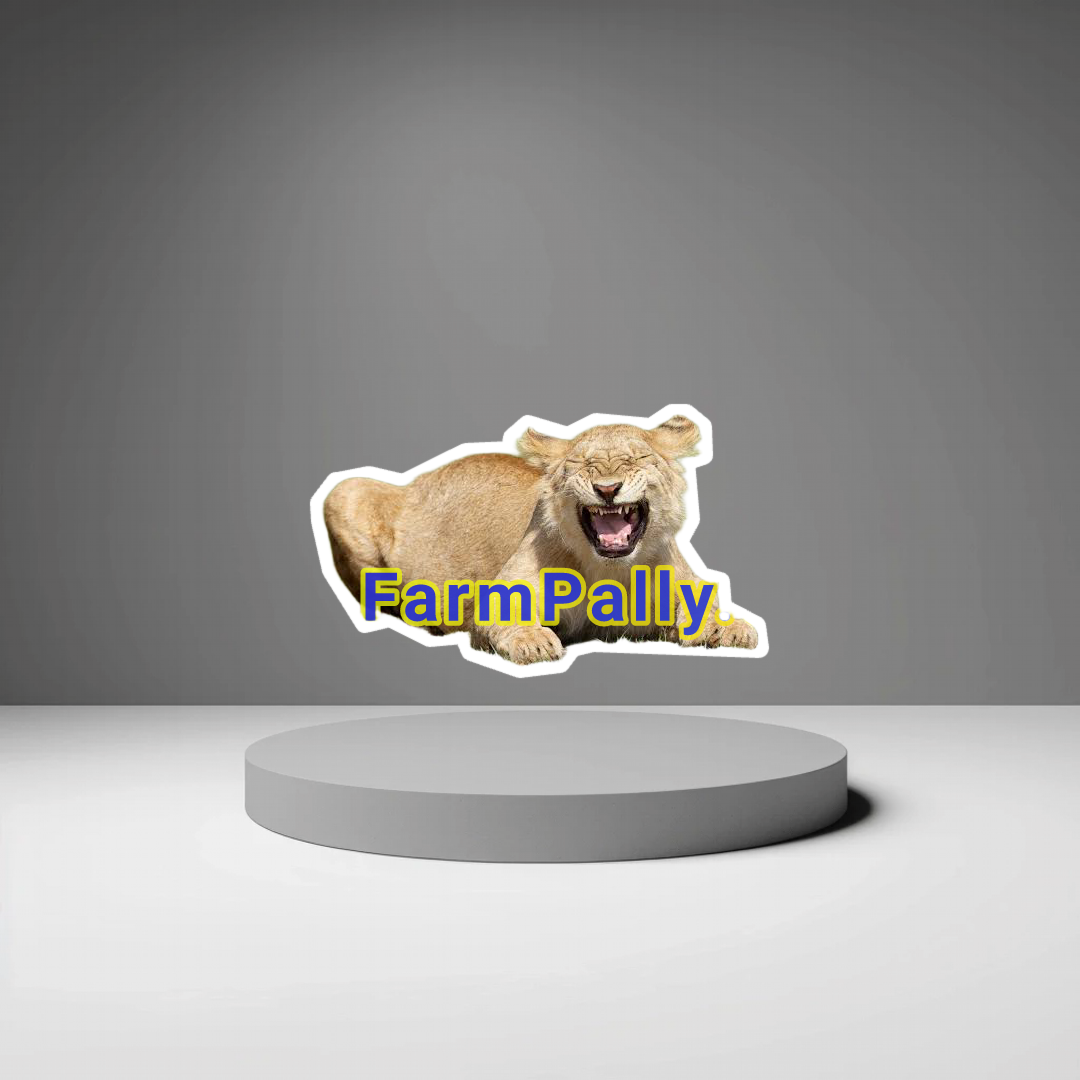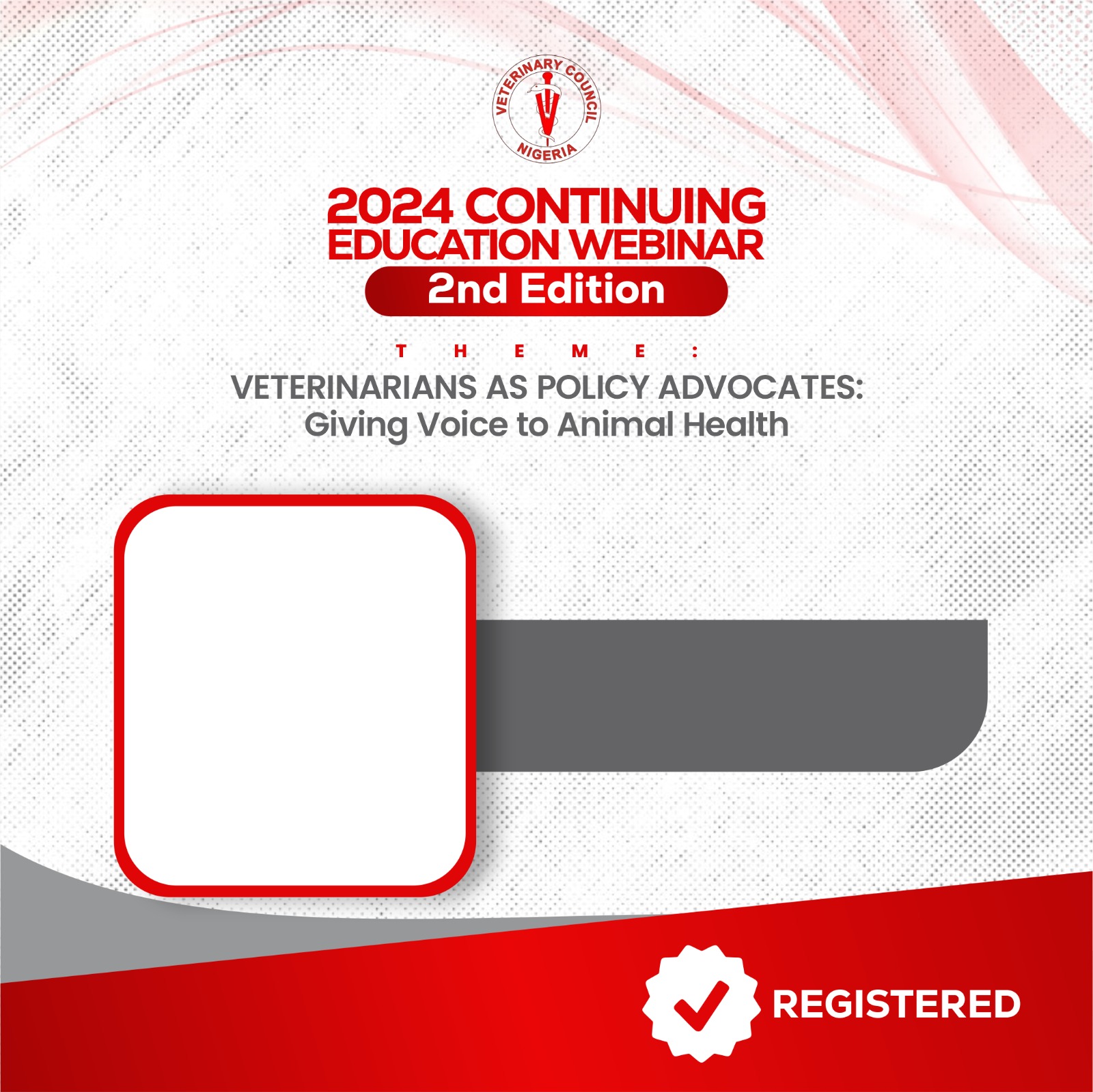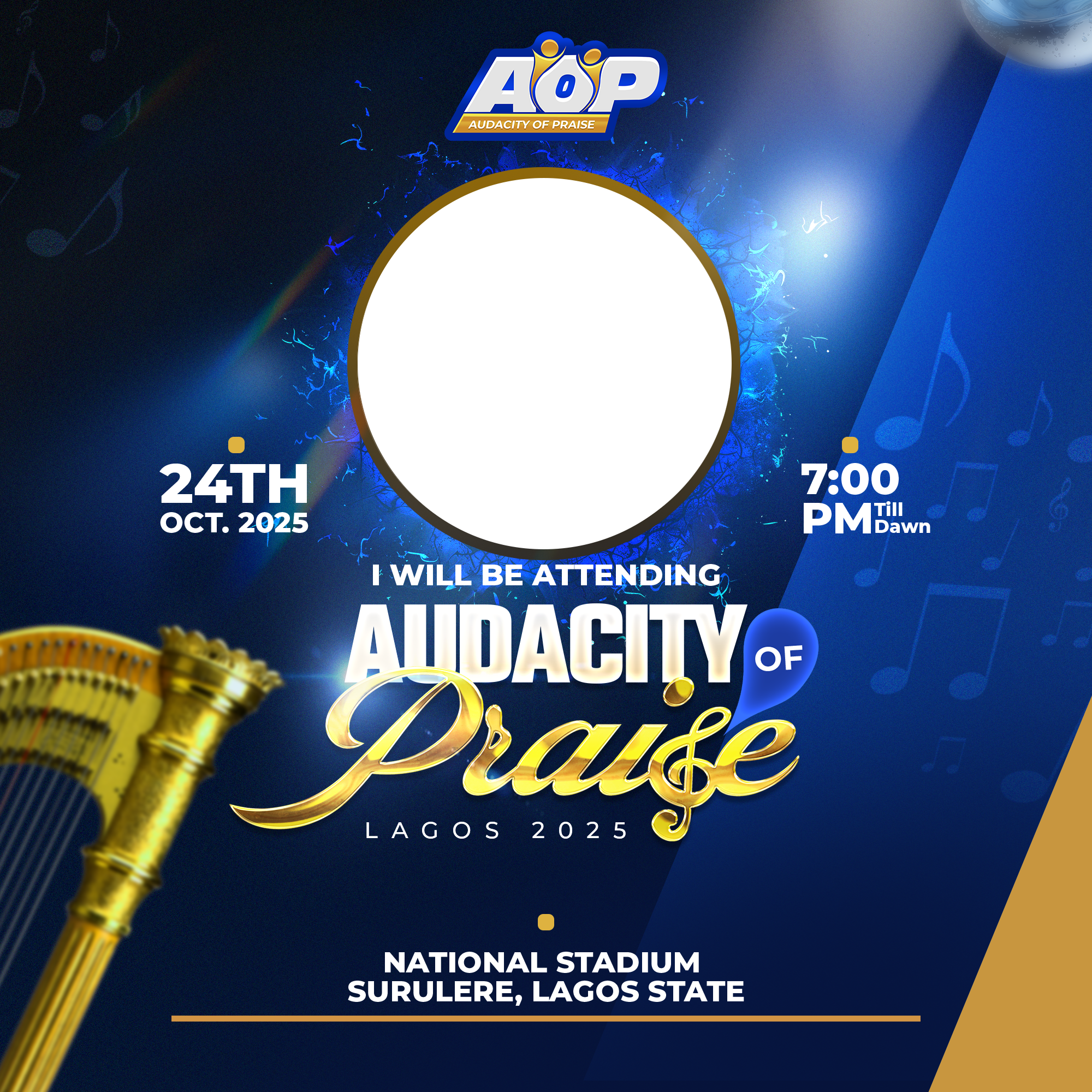FarmPally allude Camera-centric Tips for Wildlife Photography
DESCRIPTION
One of the most exciting fields of photography is wild animal photography, it's adventurous, tasking and exciting at the same time. It requires technical know-how of photography, patience, and effective planning because you don't communicate with your subjects unlike when you're shooting humans.
Your success depends greatly on your knowledge of both your subjects and your apparatus whether you want to shoot the leap of a deer, the gaze of a lion, or the wings of a bird in flight. Even with great photographic skills you've acquired, without laying hands on advanced cameras and kits, you can't maximize your dexterity and also produce great shots.
I've talked about some tips in my previous publications on Farmpally Africa, but I want to focus on camera related tips today. You need to be fast with your camera settings In wildlife photography, catching some interesting moments requires alertness and speed, therefore, you need to get used to everything about your camera features.
Without looking away from the subject, you should be able to rapidly adjust your camera settings such as shutter speed, aperture, ISO, and autofocus. Make the most of natural lighting Lighting can make or mar wildlife photoshoots, according to Akin chaktty.
Shooting during golden hours, early morning and late afternoon, produces a gentle, warm glow that accentuates rich colors and textures, he said. Conversely, midday sunlight sometimes generates washed-out highlights and severe shadows.
Backlighting adds drama and artistry by either accentuating the small details of fur and feathers or by creating dramatic silhouettes. Always pay close attention to the angle and quality of the light; then, arrange yourself. Sometimes a hazy sky provides the benefit of diffusion, even lighting perfect for close-ups.
Get on the eye level of your target Shoot at the animal's eye level to really let viewers relate to your topic. From this viewpoint, one feels relatability and intimacy. Getting low to the earth helps the audience to be in the world of an animal rather than staring down an animal from above.
Eye-level views seem more intimate and interesting whether you're capturing a sitting lion, a grazing deer, or a crawling bug. It also provides better background alignment, usually eliminating man-made buildings or tall grass as distractions.
Choose the right toolset In wildlife photography, equipment choice is important but you need an advanced photography toolkit, specially designed for this professional,. according to Farmpally. Photography has evolved over the years, and with different verticals of photography, top brands like Nikon, and others have designed camera apparatus to enable wildlife photographer excell in their profession.
If you want to capture a moment fast like the moment a predator catches her prey, you will need a DSLR or mirrorless camera with high frame rate and fast autofocus capabilities. Let's take another example. Let's say you want to capture far-off targets without getting close and disturbing them, lenses with larger focal lengths such as 300mm or 600mm would be needed.
Handheld shooting helps to lower blur by means of image stabilization. Having a strong tripod or monopod also guarantees better shots in less light and helps during long delays. Given that many species live in erratic or hostile conditions, think about also weather protection clothing.

Crop Your Image

To create your personalized DP
1. Tap the avatar to upload your photo (Square photos are recommended to avoid clipping)
2. Enter your name in the text field
3. Once image is uploaded and you are satisfied with the preview, click "Generate my DP"
Note : Download of Generated Dp is free for the first 30 people afterwards you'll be expected to pay a sum of ₦300 to download your personalized dp.
Trending
Upload Guide
Note : Click on the black cross sign to add photo







Comments
0 Comments
No Comment has been made yet.